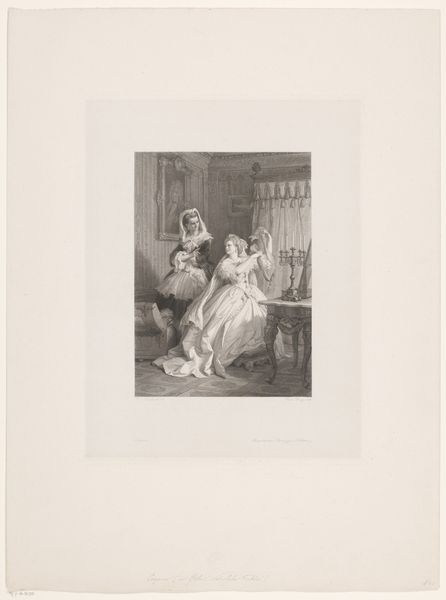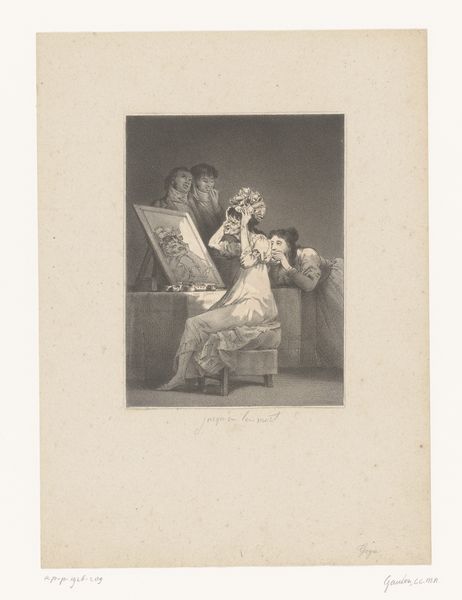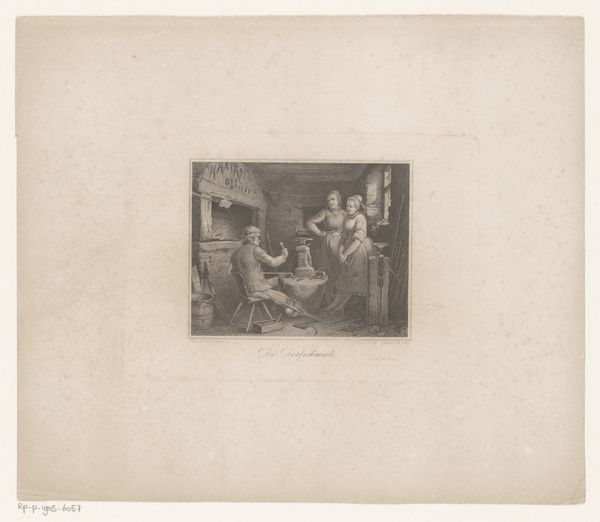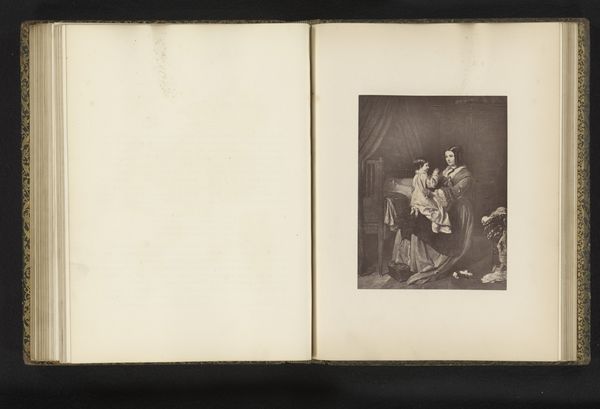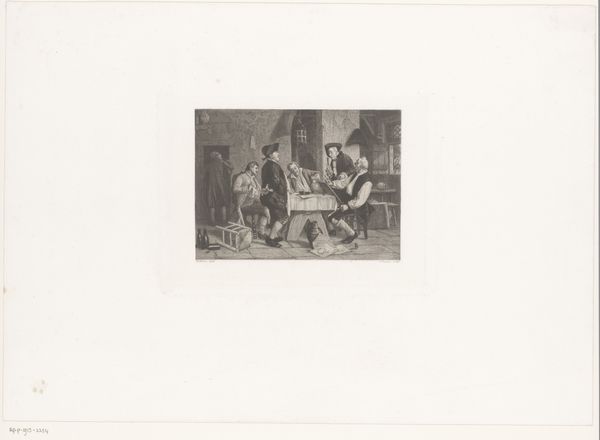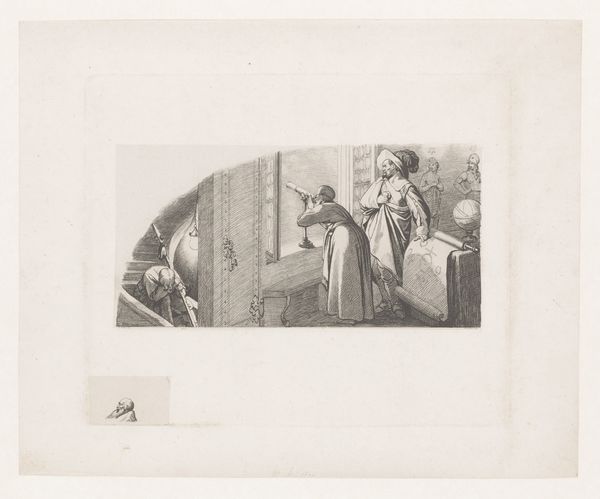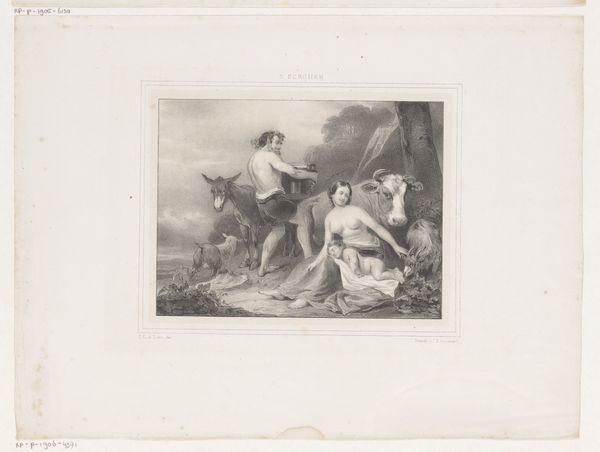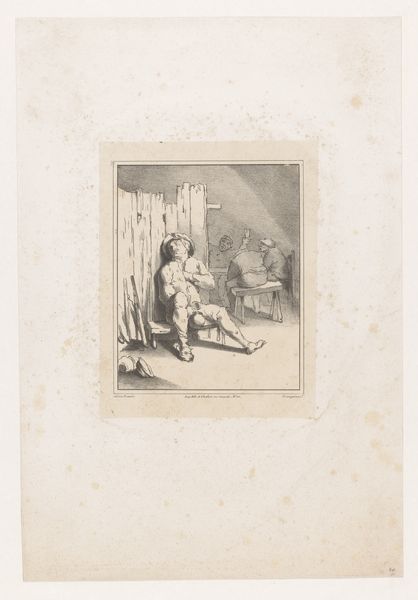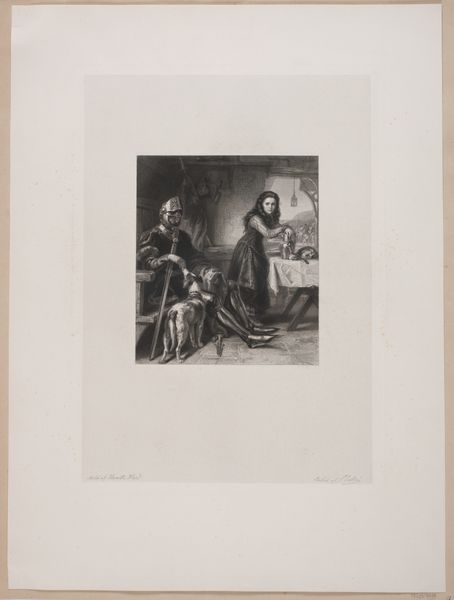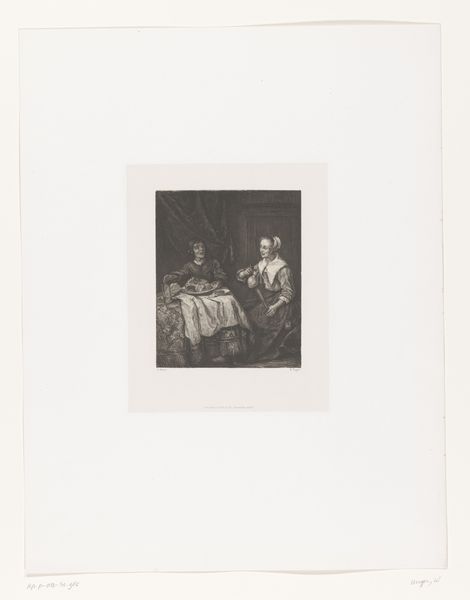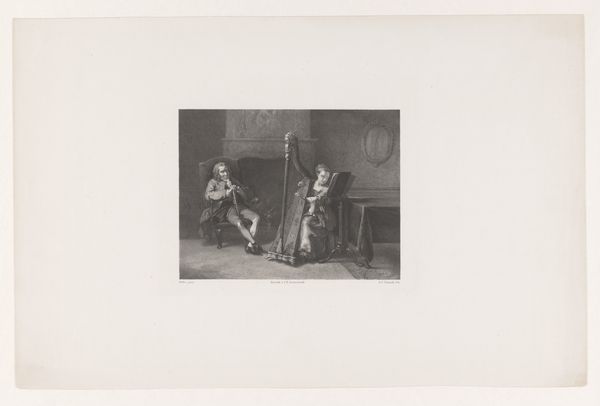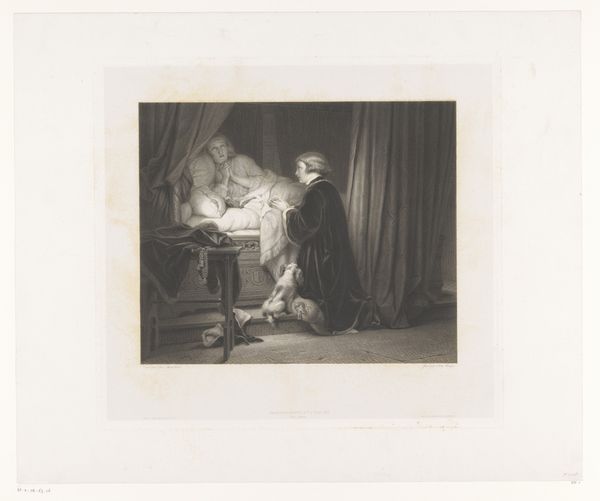
Fotoreproductie van (vermoedelijk) een prent naar een muurschildering in Pompeï, voorstellend een verkoopster van cupido's c. 1860 - 1900
0:00
0:00
print, photography
#
portrait
# print
#
figuration
#
photography
#
ancient-mediterranean
#
history-painting
Dimensions: height 103 mm, width 138 mm
Copyright: Rijks Museum: Open Domain
This is a photographic reproduction by Giorgio Sommer, likely made in the late 19th century, of a print taken from a wall painting in Pompeii, and it depicts a vendor of cupids. Sommer, working in Italy, catered to the burgeoning tourist trade which was fascinated by the archaeological discoveries at sites like Pompeii. Consider the layers of representation here: Sommer’s photograph mediates a print, which itself mediates an ancient Roman fresco. The scene stages a transaction, a commercial exchange of love itself. But who has access to love, and at what cost? In the fresco, cupids are for sale, contained in a cage, their wings clipped – a potent symbol of constrained desire. The women are the purchasers, but is it freedom or commodification that’s being depicted? Sommer’s photograph is a nineteenth-century appropriation of a Roman depiction of love as a market exchange, prompting us to reflect on how desire, agency, and historical context intertwine across millennia.
Comments
No comments
Be the first to comment and join the conversation on the ultimate creative platform.
